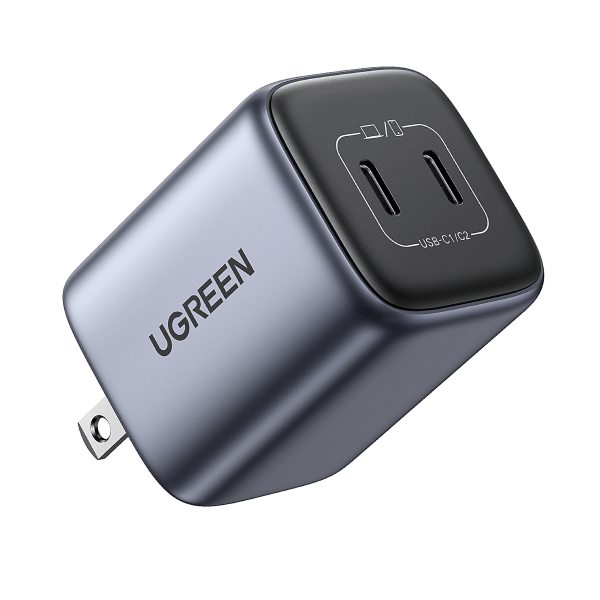Sameera's Pixel Notes
A collection of notes and information on my Pixel devices and some other articles about getting some advanced features of them. Also instructions and steps for basic modifications are included but all risk is up to you.
| Model | : G025E (AT&T unlocked) |
| Android | : PixelBuilds Android 14 |
| Chipset | : Snapdragon 765G 5G (7 nm) |
| Memory | : 6GB RAM + 128GB UFS2.1 |
| Camera | : 12.2(w) + 16(uw) + 8MP(s) |
| Display | : 6.2" HDR OLED, (1080x2340) |
Force enable voLTE for Pixels
Since Sri Lankan carriers not supporting Pixel natively, you may experience network difficulties. To counter that, we need to have a registered IMS status which include connecting Voice over LTE (VoLTE), Video Calling and VoWiFi. Some carriers like Dialog are reported to add voLTE support for some recent models like 7 and 8 series so let’s hope Dialog and other carriers will continue improving support.
Follow these methods on your own risk. No responsibilities will be taken by us if you F up.
Google Tensor Devices (Shizuku permissions - No root) voLTE only
Supported devices:
- Google Pixel 6
- Google Pixel 6a
- Google Pixel 6 Pro
- Google Pixel 7
- Google Pixel 7a
- Google Pixel 7 Pro
- Google Pixel 8
- Google Pixel 8 Pro
- Google Pixel Fold
Now continue with the carrier side activaion steps. You can safely turn off Developer Options after enabling with this method but it may need to be repeated after OTA updates.
Snapdragon Devices (Root required) voLTE + 5G support
Supported devices:
- Google Pixel 5
- Google Pixel 5a
- Google Pixel 4a 5G
- Other devices untested
If you are using KSU or APatch as your root solution:
- You may need to flash magisk by allowing the magisk app root permission from KSU, reboot
- Flash the voLTE/5G module in magisk, reboot
- Uninstall magisk, will automatically reboot
- Flash the voLTE/5G module in KSU, reboot
Now continue with the carrier side activaion steps.
Enable voLTE from carrier's end
Since we are still in the stone age, voLTE might not be enabled by default for your connection by the carrier. So you may need to request to activate from them. There is not much of a direct method for this.
Dialog 
Request to activate the service by sending a SMS to 678
with
ACT 4GV
(This will activate both VoLTE & VoWiFi)
Mobitel 
You need to contact Mobitel customer support. Use any of their preferred methods.
- info@mobitel.lk
- 24 Hour Customer Service Hotline +94 (0) 712755777 or dial 1717
Hutch 
You need to contact Mobitel customer support. But Hutch doesn’t let other devices opt-in to the voLTE technology. *shame* You may need to lie about what’s your device or get lucky with the agent you are matching with.
- cs@hutchison.lk
- Hotline (24Hr) : 1788 (Any Network)
- WhatsApp : 0788 777 111 - Chat Only
Ensure the activation of voLTE in below steps:
- Dial *#*#4636#*#* in dialer
- Phone information
- Select the SIM (Select phone index option)
- Open the 3 dot menu
- Open IMS Service Status
- Check if your services are registered and available similar to below

Picking a charger for your Pixel
Google Pixels use the new standard of charging, USB PD (Power Delivery) technology which is also used by many of the common devices such as iPhones, MacBooks, Samsung, many laptops etc. This means the device only draws the necessary amount of power from the adapter thanks to the communication between the device and the adapter.
SHOULD I GET A GOOGLE POWER ADAPTER?
No. Not in Sri Lanka. Almost every Google branded adapter available in Sri Lanka are fake clones. I’ve heard stories of some shops even recommending using them or otherwise the device may face issues which is a complete marketing myth to sell the product. Stay away from them unless you are importing one from overseas Google Store or from a trusted Amazon seller.
WHAT SHOULD I GET?
Any PD compatible adapter from a reputed 3rd party brand like Anker, Baseus, Ugreen etc. should be just fine and there could be more brands too that I’m unaware of. Or go for an OEM charger adapter from Samsung or Apple form a trustworthy place. If the adapter is PD compatible, most likely the packaging will mention it or their website. Some brands like Anker uses their own technologies which are compatible with both PD and QC which is much easier. Stay away from old obsolete Qualcomm QC (Quick Charge) only adapters since they might cause problems with modern devices.



DO YOU NEED FAST CHARGING?
Do you? Fast charging heats up the device, will drain the battery
fast and high temps leads to battery wear. Even if you pick up a fast charger, try to use it
only, when necessary, especially since Sri Lankan temperature is quite high added with bad
network receptions for the device.
Fast charging ⇒ more heat ⇒ more battery wear + less screen on time
WHAT WATTAGE SHOULD I GET?
It’s your preference. If you need the fastest charging, get one at least matches the maximum supported Wattage or over. (mostly around 25W) Going below that Wattage only makes it healthier for the device as long as the device doesn’t heat up or show any other issues with non-PD chargers. Pick Wattage based on what other devices you do/will have. As an example, you can just rely on a 30W adapter if you own a MacBook (comes with an adapter) along with the Pixel since they both share the PD technology. Maybe your laptop needs 60W… or 100W… Get an enough powerful adapter for both, then you only need to carry one. (Also helps reducing e-waste 🍀)

WHAT CHARGING HABITS TO FOLLOW?
Nothing important other than staying away from 0%. but it’s usually a good practice to keep the device around 50% which is a good middle ground which can help long term battery health without stressing it often. Since that’s not practical, try 20-80% or somewhere around ONLY if possible. I never charge above 80% unless I travel, and always keep the device plugged in and front of a fan when using hotspot. Also feel free to charge overnight with Adaptive charging on which will conveniently charge your device to full when your wake-up time closes. Don’t think about it, just have a habit and get used to.

USING POWER SAVER ALWAYS?
DO NOT KEEP POWER SAVING ON. It’s a waste of your money since you paid for the smarted phone and keeps it limited with the smart features turned off to save a little of battery. Unless it’s a necessary situation, stay away from power saving. I only use it during emergencies.

DOES THE CABLE MATTER?
Of course. You won’t get any fast charging if you use an incompatible or damaged cable. Just make sure it’s also well reputed. Type-C port is universal, but some cheap cables may deform the port on the device so be careful with it. If there’s an issue, you’ll prolly won’t see the “Charging rapidly” notice and sometimes may not even charge at all like some users reported here.
TEST IT IF YOU CAN
If you can, try it out before buying it. Even after buying, test it for few hours before using overnight. If you are using a non-PD charger, especially be careful and test it.
TEMPERATURE MATTERS?
Your device temperature highly affects the charging speed since
Pixels cut down the power and slow it down to avoid damage to the battery and the device.
So, even if you picked every premium item, your device may not charge efficiently due to
being boiled alive. You can use the ABattery or such app to monitor the battery temperature.
Keep in mind that, fast charging = more heat.
>37°C will cause the device to lightly throttle
>41°C will cause high throttle and possible the charging to pause
>45°C is dangerous
POWER QUALITY MATTERS?
This is rare but as best practice; just avoid sketchy connections such as loose wall plugs or extensions.
TL;DR
- Avoid Google branded chargers in Sri Lanka
- Choose a reputed 3rd party adapter from brands like Anker, Baseus and UGreen …
- Avoid fast charging unless necessary
- Don’t keep power saving on unless you really need to
- Pick a good cable
- Test it before using overnight for temperature, touch issues and such.
- Don’t let the device to overheat
Captured with Pixels Google Photos album
>